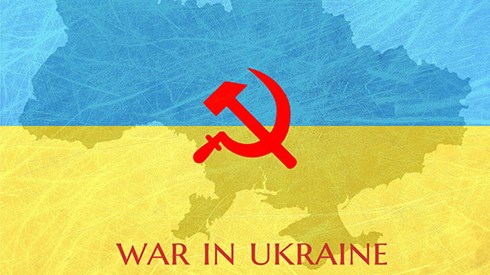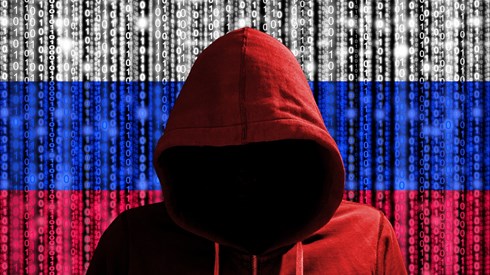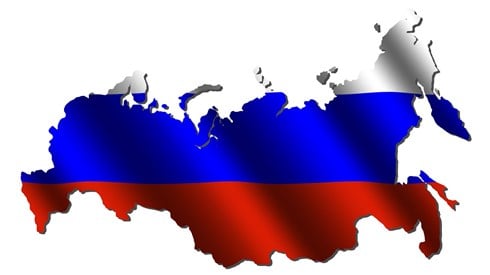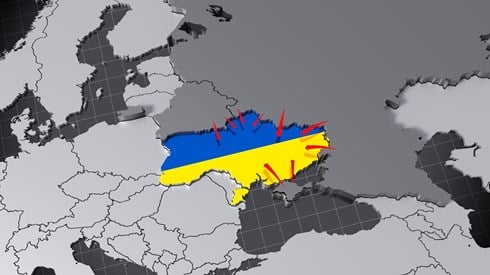Russia-Ukraine Conflict Highlights Interconnected Nature of Risks
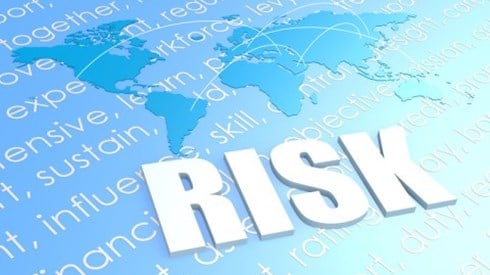
August 15, 2022

The effects of the Russia-Ukraine conflict have demonstrated how interconnected our world and risks have become, showing the extreme volatility that can be associated with conflict and how far its impacts can be felt, a new report suggests.
At the same time, the conflict will likely trigger significant changes in the world's future risk landscape, according to the report from Lloyd's of London in collaboration with Aon.
In introductory comments to the July 2022 report, titled Ukraine: A Conflict That Changed the World, John Neal, CEO of Lloyd's, and Dominic Christian, global chairman, Reinsurance Solutions at Aon and deputy chairman of Lloyd's, note that the Russia-Ukraine conflict comes on the heels of the COVID-19 pandemic and the rapidly emerging impacts of climate change.
"The events in Ukraine have added another layer of complexity to an already unpredictable risk landscape," the two executives suggest. "What started as a regionally confined conflict has quickly morphed into an economic, societal, and environmental crisis with truly global repercussions."
According to the report, businesses wanting to create effective risk mitigation strategies to counter the impacts of the conflict must understand the range of risks the crisis is creating, as well as potential scenarios that could increase or reduce their impact. The report considers several potential scenarios.
- Defensive push-back—Ukraine military successes force a change in Russian policy
- Protracted conflict—Support for Ukraine from an alliance of states leads to an extended conflict
- Annexation—Russia controls parts of eastern and southern Ukraine in a newly divided state
- Collapse of Ukraine—Ukraine collapses and becomes incorporated into Russia
- Escalation—Escalation of the conflicts leads to a Russia-NATO war
"Business responses may not be limited to short-term mitigation, but require wholesale, permanent adjustments in models and planning approaches," the report says. "Many businesses have already been forced to overhaul continuity plans, reassess supply chains, and conduct analysis of the direct impact of geopolitical risks—all while managing the supply-side shocks of the COVID-19 pandemic."
The report concedes that the challenge for businesses is a significant one, but that understanding the risks emerging from the conflict is necessary to protecting customers and ensuring economic resilience.
The report examines the impact of the risks across four macro themes: geopolitics, inflation, the economic impact, and social transformation.
In the area of globalization, the report notes that the conflict exposed vulnerabilities of globalization when a powerful state asserts its self-interests and breaches international norms and laws.
"In this new dawn for globalization, many organizations are likely to adopt hedging strategies to protect their global interests and assets as more protectionist trade policies are introduced," the report says. "Countries and businesses are pivoting towards reshoring supply chains as a means to achieve self-sufficiency and more control on access to priority goods and services." That trend will likely increase the costs of goods and services over the long term, the report suggests.
In terms of inflation, the report notes that costs have increased across the economy, and many businesses will likely adjust risk management budgets and reduce discretionary spending as they look to address inflationary pressures from supply shocks.
Regarding the economic impact, the report says that given Russia's status as a leading energy and commodity exporter, its exclusion from international trade will have significant economic ramifications. The impact will be felt particularly for businesses in Europe and in industries like food and energy, the report says. Meanwhile, the disruption of exports such as grain from Ukraine threatens global food security.
Social transformation is being driven by the millions of people fleeing Ukraine due to the crisis. That displacement will result in labor shortages, the report says, requiring organizations to reconfigure labor pools, particularly in transportation and logistics businesses.
The potential risks across those areas are both far reaching and potentially interrelated, according to the report. "As with COVID-19, first-order impacts have the potential to trigger second- and third-order impacts in different risk categories," the report says, citing the example of supply chain risks that could drive further inflationary pressure.
"It is therefore critical for businesses to take a broad, informed approach to assessing, mitigating, and managing risk within their organizations—while building resilience through activities such as supply chain simplification, workforce upskilling, and implementing a robust cyber-security framework," the report says.
The crisis also creates a demand for insurers to take pragmatic and innovative approaches to provide the necessary risk management solutions, and to deploy their capital in a way that helps insurance buyers and society recover and build resilience, the report says. Insurers must do so in a way that accounts for changes in the geopolitical and macroeconomic environment that invalidates previous models and methods, according to the report.
The report also calls on governments, regulators, and academics to invest in understanding the overlapping risks that exist across various sectors and societies.
The Lloyd's/Aon report on the impacts of the crisis in Ukraine is based on interviews with more than 75 risk and insurance practitioners. Those conversations provided real-life insights into the challenges companies across a range of industries are facing as a result of the Russia-Ukraine conflict and how they were adjusting their risk management efforts in response.
The report also draws on proprietary data and reports and a range of thought leadership and third-party analysis.
August 15, 2022
